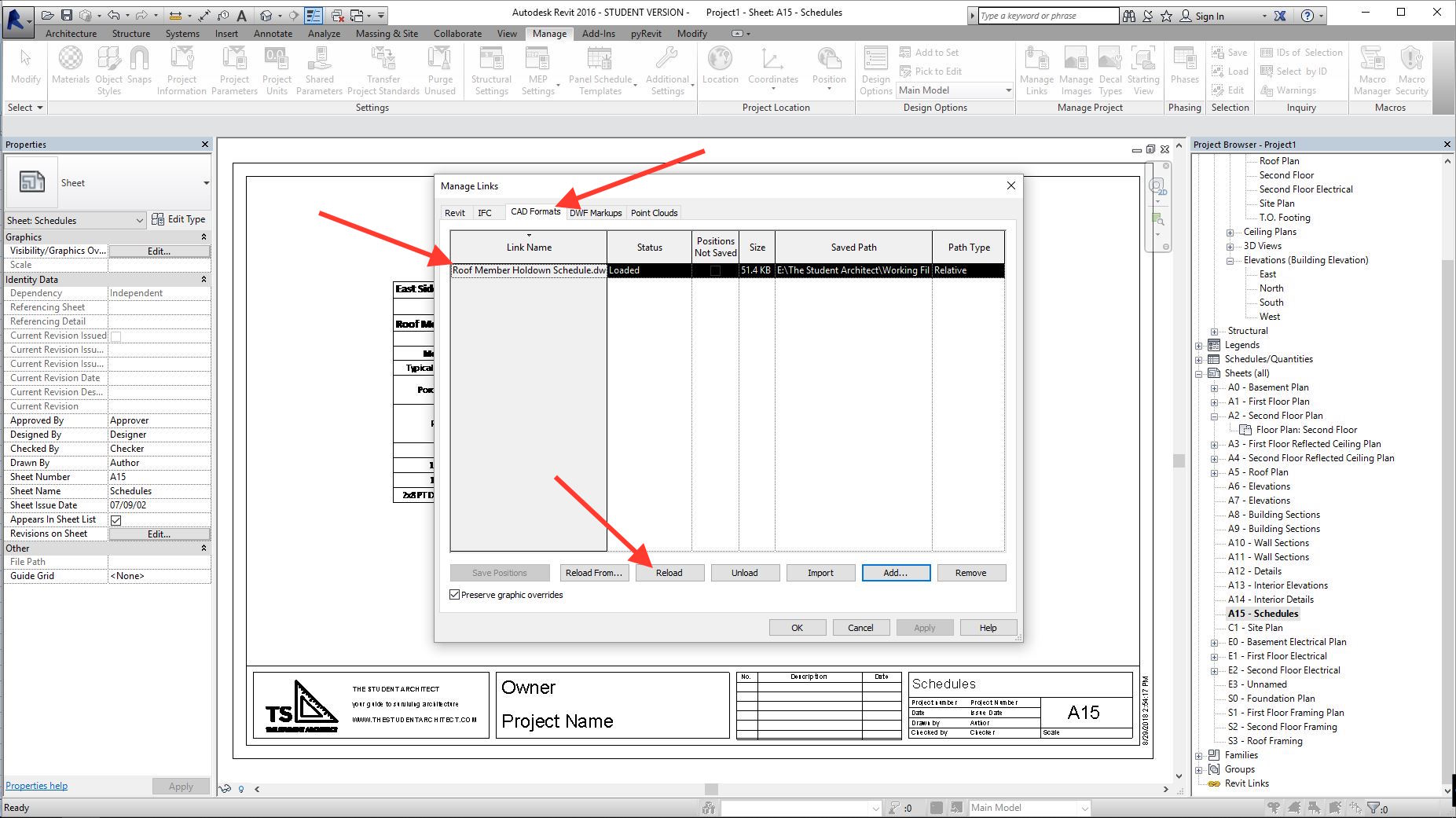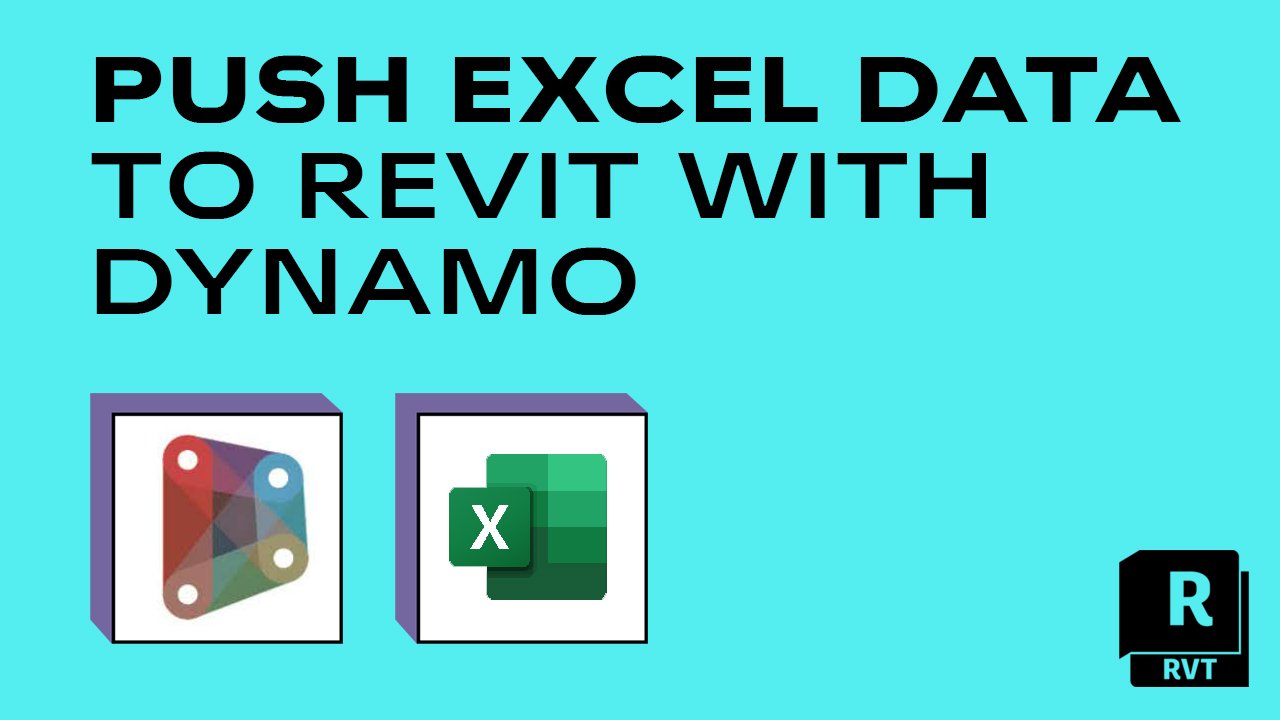Revit Add Ins: Supercharge Your Layout and Modeling
Wiki Article
Grasping the Art of Information Integration: Exactly How to Seamlessly Import Excel Record Into Revit
In this article, we will certainly lead you with the procedure of grasping the art of information assimilation. Obtain prepared to prepare your Excel information easily and follow our detailed overview to import documents right into Revit. With our finest techniques, you'll achieve data combination success in no time.Understanding the Value of Information Integration in Revit
Understanding the relevance of data combination in Revit is critical for seamless importing of Excel files. When you incorporate information from Excel right into Revit, it allows you to effectively take care of and update details throughout the whole job. This assimilation guarantees that your layout and building procedure is current and precise.By incorporating data, you can quickly import and upgrade parameters, timetables, and even geometry in Revit. This removes the need for manual information entry, conserving you time and minimizing the danger of errors. With Revit's information integration capabilities, you can keep uniformity and precision in your task, while likewise boosting collaboration amongst team members.

Discovering the Excel File Style for Revit Integration

In order to efficiently incorporate Excel files right into Revit, it is critical to make certain that the information is formatted correctly. This consists of appropriately identifying columns and rows, along with structuring the data in a manner that works with Revit's data schema. Revit uses details specifications and categories to arrange data, so it is vital to line up the Excel data with these criteria to guarantee a smooth integration.
In addition, it is essential to note that Revit just supports specific data types when importing from Excel. These consist of text, numbers, and days. Any type of various other data kinds, such as formulas or conditional format, will not be acknowledged by Revit and might trigger concerns during the assimilation process.
Preparing Your Excel Information for Seamless Import Into Revit
To guarantee a smooth assimilation process, you'll need to correctly layout and label the columns and rows in your Excel information prior to importing it into Revit. Since it enables Revit to accurately translate and arrange your information, this step is vital. Beginning by examining your Excel data and recognizing which rows and columns include appropriate details for your Revit project. Then, see to it to classify each column with a descriptive and clear header. This will help you and others conveniently comprehend the objective of each column and avoid confusion during the import process.Next, guarantee that the data in each column is correctly formatted. For instance, if you have a column for measurements, make certain that all dimensions are constantly formatted in the exact same systems of dimension. Revit depends on constant formatting to properly analyze and import data.
Additionally, it is very important to look for any kind of empty cells or variances in your data. Revit may not be able to review or import information from cells that are vacant or have mistakes. Therefore, it is advised to examine your Excel data and tidy up any kind of incongruities prior to importing it into Revit.
Step-By-Step Guide to Importing Excel Record Into Revit
As soon as you've properly formatted and classified your Excel data, you can easily import it right into Revit by following this step-by-step overview. To begin, open Revit and navigate to the "Insert" tab. Click "Import CAD" and select "Import Excel" from the dropdown food selection. A new home window will certainly appear, asking you to situate the Excel data you wish to import. Search your computer and have a peek at these guys choose the Excel additional info file, after that click "Open."Following, a dialog box will certainly appear, permitting you to personalize the import setups. Here, you can pick the worksheet you intend to import, define the variety of cells to import, and pick the appropriate devices for your data. When you've made your choices, click "OK" to continue.
Revit will now display a sneak peek of your Excel information. Take a moment to examine the preview and make sure that everything looks proper. If needed, you can make modifications to the import setups by clicking the "Setups" button.
Ideal Practices for Information Combination Success in Revit
Ensure you adhere to these best techniques to make sure effective integration of information in Revit. It is crucial to arrange your information in Excel before importing it into Revit. This means making sure regular naming conventions, appropriate formatting, and accurate information representation. Next off, utilize Revit's built-in tools for data mapping. This will enable you to match the columns in your Excel data with the equivalent specifications in Revit. Be mindful of the data and units kinds when mapping the data, as any kind of inconsistencies can lead to mistakes in the assimilation process.An additional vital method is to consistently verify and update your data. As your task advances, it is vital to keep your Excel file approximately day with any changes made in Revit. This will certainly assist maintain the precision and uniformity of your data throughout both platforms. Additionally, make usage of information validation devices wikipedia reference within Revit to determine any mistakes or variances in the integrated information.
Lastly, it is advised to establish a clear operations for data assimilation. This includes specifying obligations and duties, establishing up an interaction channel in between team participants, and establishing a routine tempo for data updates and testimonials. By following these finest practices, you can make sure a effective and seamless combination of information in Revit, ultimately enhancing the performance and accuracy of your job.
Verdict
In final thought, understanding the art of information integration is vital for smooth import of Excel files right into Revit. Understanding the significance of information assimilation in Revit is the first step in the direction of effective integration. Checking out the Excel data layout for Revit integration helps in comprehending the limitations and requirements. Preparing the Excel data appropriately and adhering to a detailed overview is essential for a smooth import process. By complying with finest methods, you can make sure information assimilation success in Revit and make the most out of your project.When importing information from Excel right into Revit, it is crucial to comprehend the data style and exactly how it can impact the integration process (revit tool). Revit makes use of certain specifications and classifications to organize information, so it is vital to straighten the Excel information with these specifications to make sure a seamless integration
Be mindful of the devices and information kinds when mapping the data, as any kind of inconsistencies can lead to errors in the integration procedure.
Furthermore, make use of information recognition tools within Revit to recognize any type of errors or inconsistencies in the incorporated data.

Report this wiki page